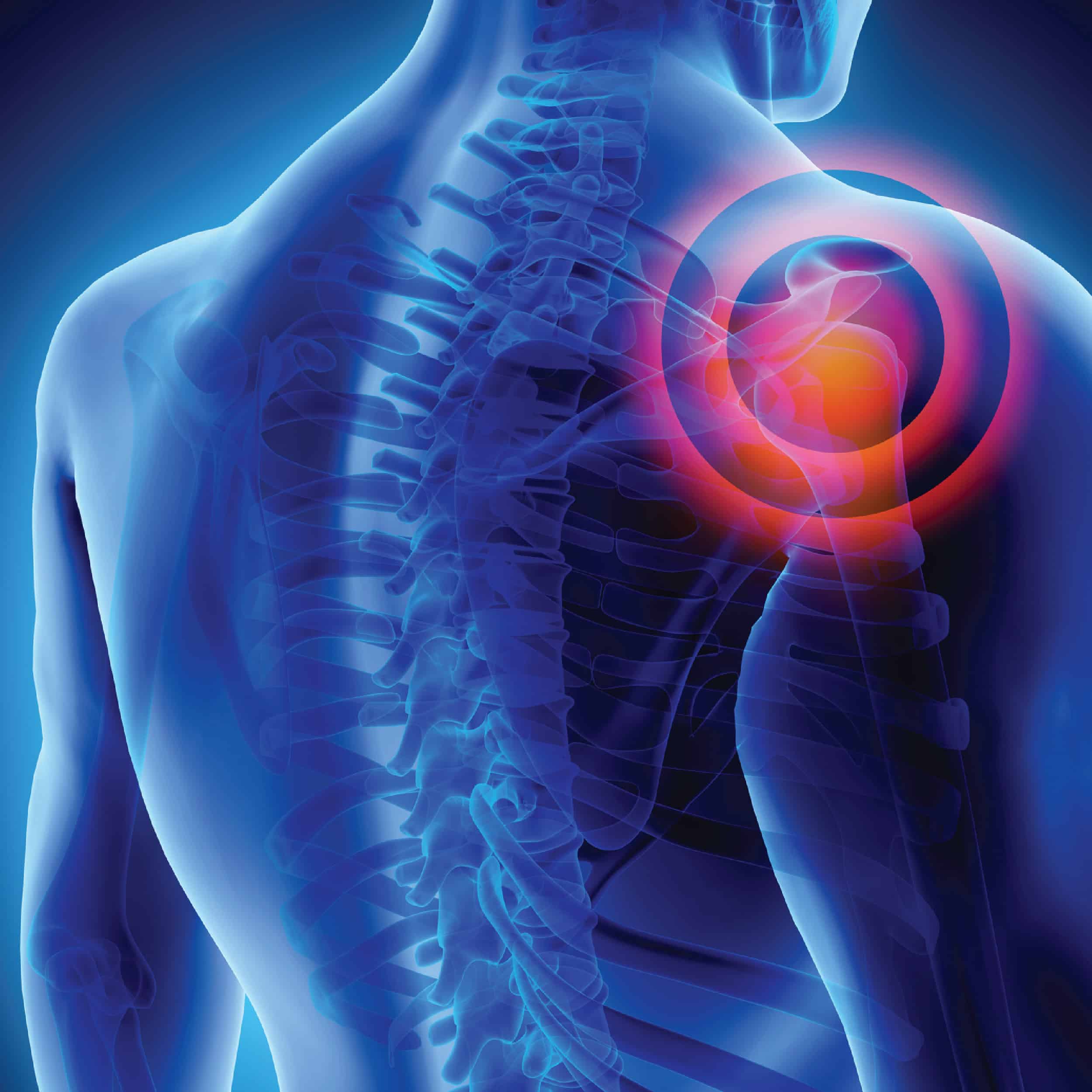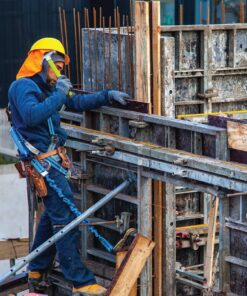Advanced Ergonomics Assessment
![]()
The Advanced Ergonomics Assessment identifies ergonomic risks in the workplace, aiming to reduce musculoskeletal disorders (MSDs) and improve employee comfort and productivity. By thoroughly analyzing work environments, we can pinpoint areas of concern that may lead to discomfort or injury. This assessment follows the DOSH Guidelines on Ergonomics Risk Assessment at Workplace 2017, ensuring that workstations are designed to minimize strain and enhance worker efficiency.
Recommended Monitoring Period:
We conduct assessments every 1-2 years, after significant workstation or process changes, or if we receive reports of ergonomic-related injuries. Regular evaluations are crucial for maintaining a safe workplace and adapting to evolving job requirements.
Required Documents:
1. Ergonomics Risk Assessment Reports: Detailed assessments of ergonomic risks and recommendations for improvements.
2. Employee Feedback Surveys: Surveys that capture employee feedback on ergonomic improvements and issues.
3. Workstation Design Plans: Documentation of workstation redesigns or adjustments.
4. Training Records: Documentation of ergonomics-related training provided to employees.
This comprehensive approach not only addresses immediate ergonomic concerns but also supports long-term employee health and productivity, creating a sustainable work environment that benefits everyone involved.
Related products
Occupational Health and Safety Assessments
HIRARC (Hazard Identification, Risk Assessment, and Risk Control) Assessment
Occupational Health and Safety Assessments
Occupational Health and Safety Assessments
Occupational Health and Safety Assessments







